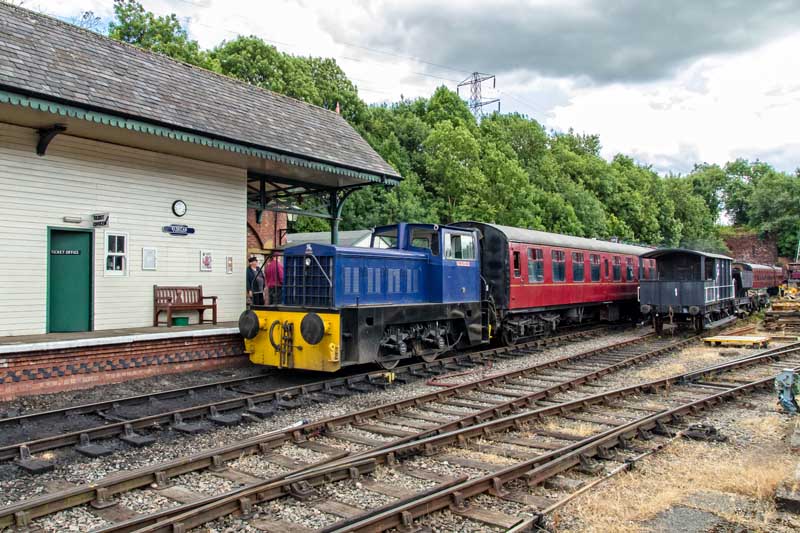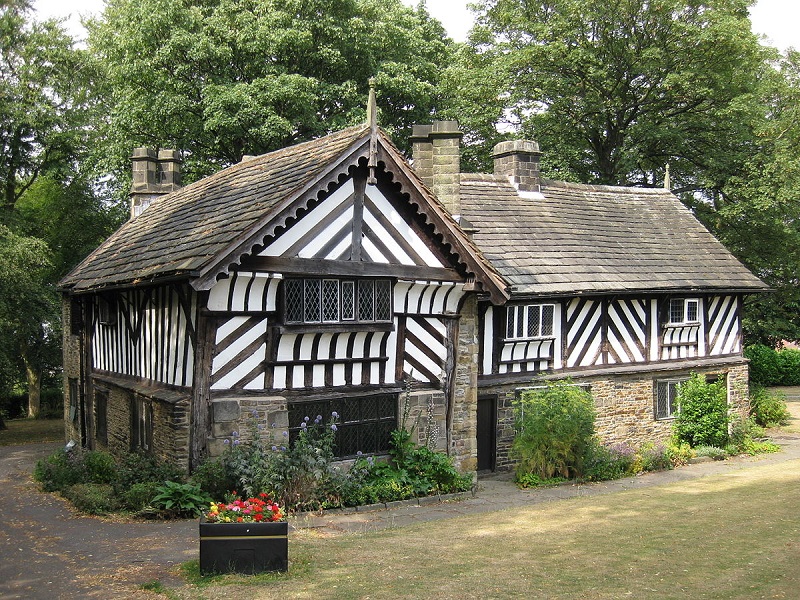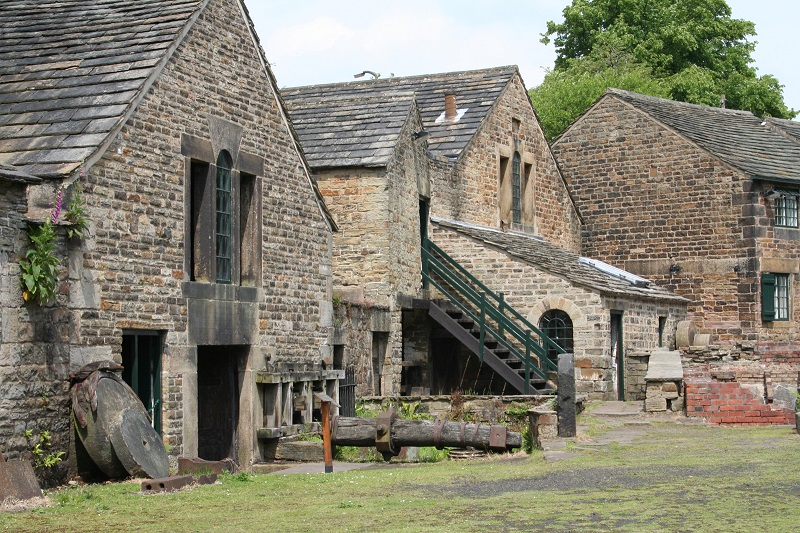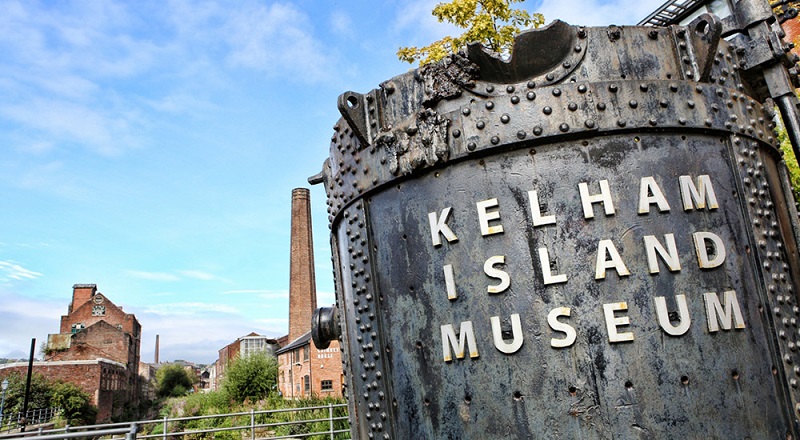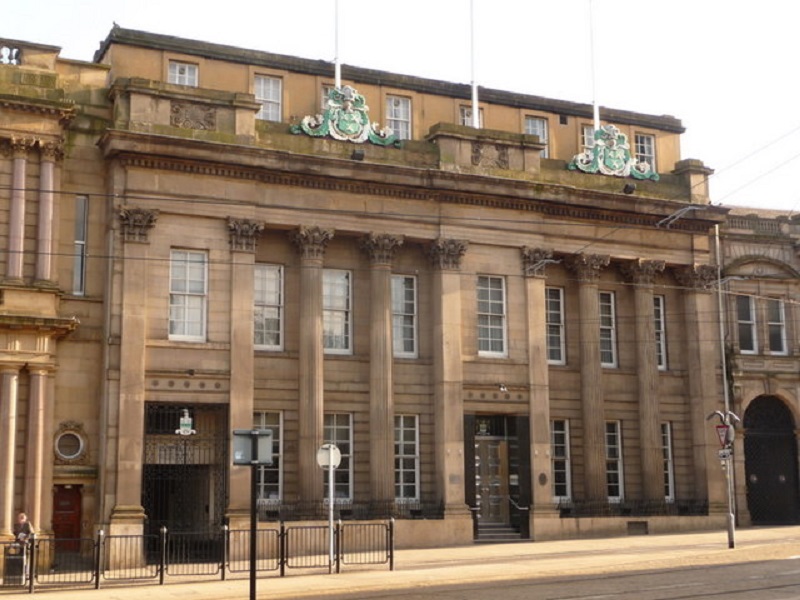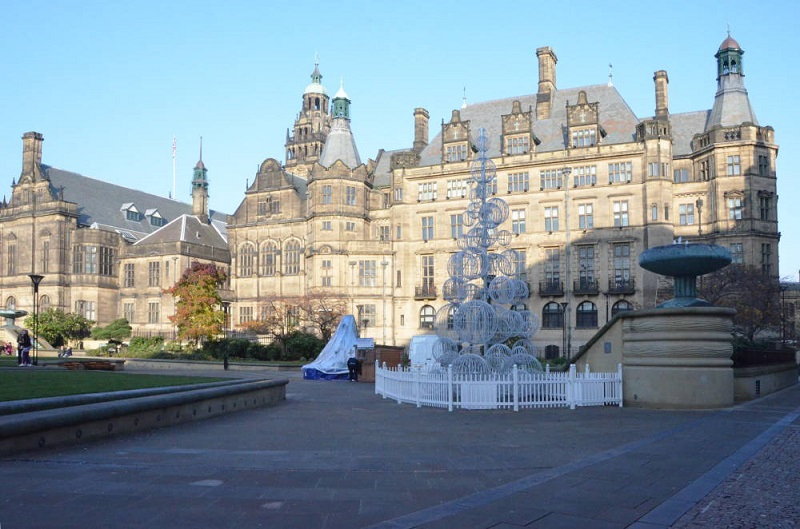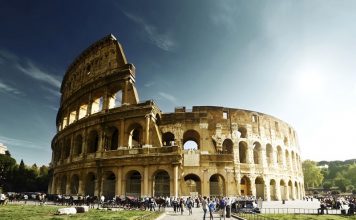Elsecar Heritage Railway
Source: Link
Sheffield is a beautiful town in South Yorkshire of England. People go to Sheffield to work but also to explore and enjoy the beautiful places the town has to offer. Today we have prepared a list of such places. In fact in this list you’ll find all the must-see places in Sheffield that are require for any visit to this city to be considered complete. Without further delay, here are 10 beautiful places you must absolutely see while visiting! First on the list we have Elsecar Heritage Railway. This historic railway was dedicated to preserve, restore, and expand the line that includes historic locomotives that were once a property of the South Yorkshire Railway. In addition, transport enthusiasts should also love the South Yorkshire Transport Museum in Rotheram with a collection of 50 vehicles back in the day. A touch of history and antique trains will make you long for old gone times while being bewildered by these now old human creations. Click the next ARROW to see the next image!
Bishop’s House Museum
Source: Link
The history of this building is exhibited in a couple of rooms of the establishment. Other exhibits were focused on the history of Sheffield during the Stuart and Tudor periods. There are also other artistic and cultural events presented in this museum as well. Click the next ARROW to see the next image!
Beauchief Abbey, Abbeydale
Source: Link
The Beauchief Abbey is said to be a worthwhile location to visit. This structure is a combination of the remains of the chapel that was built in 1660 and the abbey that was founded in 1176. Regular worship services are still hosted by the abbey nowadays. Click the next ARROW to see the next image!
Industrial Hamlet, Abbeydale
Source: Link
This structure is just a 3-mile distance southwest of Sheffield. It is an 18th century Victorian village that visitors can learn the basic traditional production of steel scythes. You can see different cottages, warehouses, water wheels, and workshops, among others in this location. Click the next ARROW to see the next image!
Central Library and Graves Art Gallery
Source: Link
This facility was opened in 1934 with a collection of old masters and English art during the 18th century until the present day. It also features some major works of artists from the 19th and 20th centuries, including Corot, Picasso, and Cezanne. Click the next ARROW to see the next image!
Kelham Island Industrial Museum
Source: Link
If you love to see historic displays of steel and silverware, then the Kelham Island Industrial Museum is the place to be in Sheffield. You can actually see the collection of such metals spanning some 300 years or so. One of the special attractions of the museum is the 1,200hp steam engine. Click the next ARROW to see the next image!
National Emergency Services Museum, West Bar
Source: Link
This facility houses a collection of fascinating vintage vehicles that include police cars, ambulances, and fire engines. There are also some equipment and uniforms exhibited in the National Emergency Services Museum. You might want to explore the police horse stables and the old prison cells as well. Click the next ARROW to see the next image!
Cutler’s Hall, Church Street
Source: Link
This hall was built around 1832, which is the headquarters of the Company of Cutlers. It uses a neo-Classical style of architecture responsible for the collection of silver, which dates back from 1773 up to the present. A masterwork from each year has been awarded by the Sheffield Assay Office with the recognized seal of quality. Click the next ARROW to see the next image!
Town Hall, Pinstone Street
Source: Link
Leading to the Victorian Town Hall are the colorful precincts of Fargate and Orchard Square. Each has its own restaurants, cafes, and shops, which lead to the south to Surrey Street. Several theaters, museums, and the Sheffield City Hall are found east of the Town Hall, which is the Tudor Square. Click the next ARROW to see the next image!
Sheffield Cathedral, Church Street
Source: Link
The Cathedral was dedicated to St. Peter and St. Paul, founded as a parish church back in 1100. However, a new church was built using a late Gothic Perpendicular style of architecture to replace the structure in the mid-15th century. Only the tower and choir remained, while the nave was built in the 18th century.

